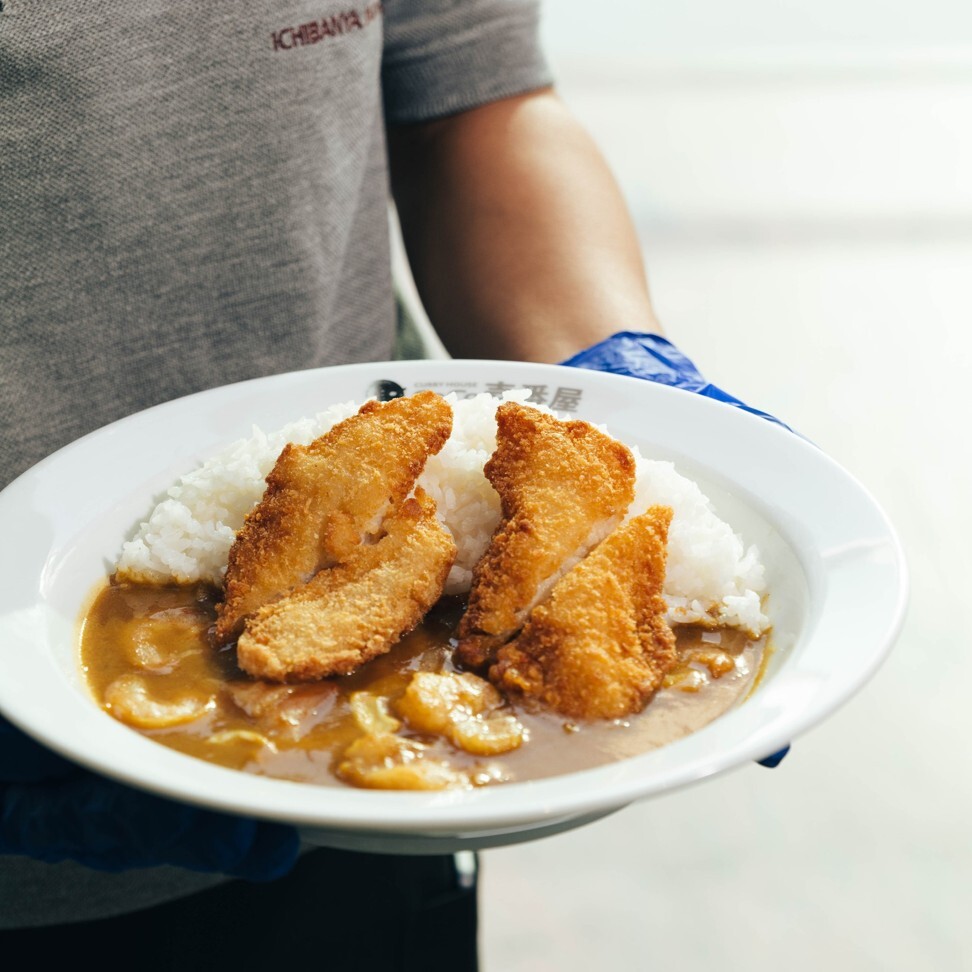
How Japanese curry chain ‘CoCoIchi’ made its mark in India, convincing locals along the way
- CoCo Ichibanya started considering entering the Indian market a decade ago, waiting for an opportunity to take ‘a gamble in the home of curry’
- After some disruptions during the height of the coronavirus pandemic, Indian customers now account for roughly 70 per cent of the total clientele
“We will forge our footing in and around New Delhi by opening more outlets and establish a nationwide chain,” said Hirosuke Nakamura, chief operating officer of the company’s local joint venture Ichibanya India.
Based in Ichinomiya, Aichi prefecture, Ichibanya made its overseas debut in the United States in 1994 and has since opened restaurants in markets with “rice-based cultures”, such as China, Taiwan, South Korea and Thailand.
Ichibanya started considering entering the Indian market a decade ago, waiting for an opportunity to take “a gamble in the home of curry”, Nakamura said.
When the first shop opened it was initially frequented mainly by Japanese businesspeople but gradually began to lure more locals.
Indian customers began to outnumber Japanese from last December. Since reopening following a two-month closure from mid-May due to the Covid-19 pandemic, Indian customers now account for roughly 70 per cent of the total clientele.
Many Indians do not eat beef and pork for religious reasons, so Ichibanya has worked to reproduce its unique taste without using animal oils and fats, unlike its counterpart in Japan.
Whereas pork loin cutlets and cheese are popular as sides for curry served in Japan, Indian patrons prefer vegetables and chicken cutlets.
Reflecting Indian diners’ preference for strong spices, Ichibanya offers patrons the option to select the heat of their dishes, although the standard curry – without the extra kick – is still the most popular. A Japanese curry udon noodle dish, offered for a limited time only, also proved a success.

The average price at CoCoIchi, as it is popularly known in Japan, is about 675 rupees (US$9), roughly the same amount as meals in Japan but relatively expensive in India. Hence, the food is popular with men in their mid-20s to 40s who work for large companies.
Suman Das, a 43-year-old employee of a major agricultural company, visited CoCoIchi for the seventh time last month for his favourite curry combo dish, featuring a chicken cutlet with an omelette.
A colleague, also 43, visiting the restaurant for the first time on Das’ recommendation, expected to be put off by the taste but was pleasantly surprised by the rich aromas and flavour. He ordered a curry chicken cutlet with a mild spice.
“Before tasting the food, I thought the taste would be bland but to my surprise, I found it very flavourful,” he said. “I think they [Ichibanya] are using a different spice mix than the ones in India, but I like mild food, so it suited my taste.”

